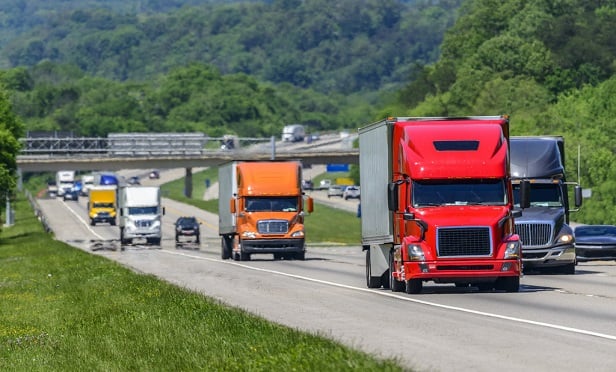 For commercial trucking insurers, there has never been a more challenging — or more opportune — time than now. (Shutterstock)
For commercial trucking insurers, there has never been a more challenging — or more opportune — time than now. (Shutterstock)
Moving nearly 71% of all domestic freight shipments, commercial trucking is the lifeblood of the U.S. economy. According to the Bureau of Transportation Statistics, in 2015 alone those goods totaled some 176 million metric tons worth about $700 billion; since then, both the total tonnage and its value have only increased.
Recommended For You
Want to continue reading?
Become a Free PropertyCasualty360 Digital Reader
Your access to unlimited PropertyCasualty360 content isn’t changing.
Once you are an ALM digital member, you’ll receive:
- Breaking insurance news and analysis, on-site and via our newsletters and custom alerts
- Weekly Insurance Speak podcast featuring exclusive interviews with industry leaders
- Educational webcasts, white papers, and ebooks from industry thought leaders
- Critical converage of the employee benefits and financial advisory markets on our other ALM sites, BenefitsPRO and ThinkAdvisor
Already have an account? Sign In Now
© Touchpoint Markets, All Rights Reserved. Request academic re-use from www.copyright.com. All other uses, submit a request to [email protected]. For more inforrmation visit Asset & Logo Licensing.







